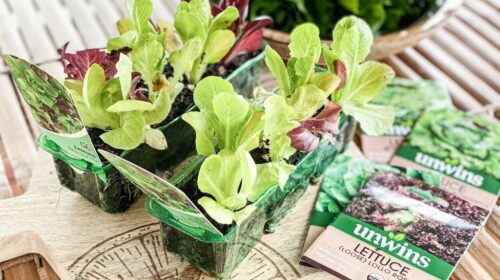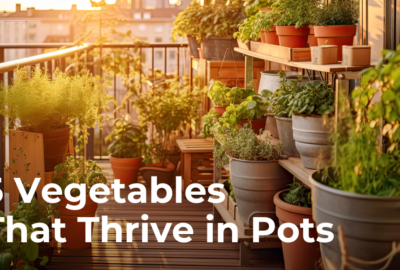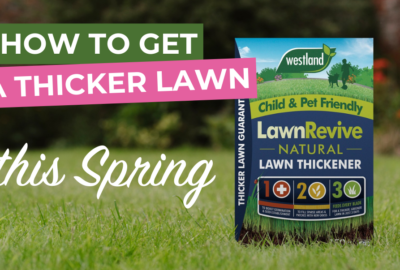Blog, Gardening Advice
Top tips on watering plants in hot weather
With the temperatures increasing, watering our plants has never been so important! However, be sure that you’re watering at the correct time of day as well as making sure you have the correct drainage. Discover our top tips below on how best to water during these warm days.

USE THE CORRECT POTS
Using pots with little drainage will ensure that your plants will not get waterlogged all whilst ensuring that your plants have an adequate supply of water during hot weather. This also applies to hanging baskets and containers. You could use water-storing granules for easy watering, which act as an insurance policy against underwatering. Peat-free mixes aren’t as good as retaining the water – so for containers and hanging baskets, the granules are very handy!
WATERING AT THE CORRECT TIME OF DAY
To ensure that evaporation doesn’t damage your plants, it is best to water them in the morning or in the evening. This is due to the fact that evaporation can dry out your plants.
WATER PLANTS AT THE BASE
Watering plants at the base ensures that water will evaporate from the soil and not from your plants. Evaporation from flowers and leaves can dry out your plants and cause fungal infections which can be detrimental to their health.
What are the 3 main don’ts that people should avoid when watering in hot weather?


PLANTING RESPONSIBLY
Using plants that can withstand weather changes will be better to keep your garden looking healthy. Planting more delicate plants is risky as they may not agree with the hot weather such as the Red herringbone plant, Satin Pothos and Orchid cactus which prefer medium light and moist soil.
Drought-friendly plants are a good option for hot weather and south-facing gardens as they are more likely to thrive. Some examples of drought-friendly plants are:
- Cordyline Australis ‘Red Star’ (when planted in the ground)
- Hebe
- Lavender
- Euphorbia Ascot Rainbow (Perennial)
- Heuchera
- Geum
It is important during planting that you research what your new plants require if they grow well in partial shade or need access to sunlight as much as they can.
Josh says, “A good way to identify a drought-tolerant plant is the colour of its leaves, the majority have silver or grey-green as these light colours, as it reflects the harsh rays of the sun.”
NOT WEEDING REGULARLY
If your plants are having to compete with nutrients, water and sunlight from weeds, they may not be growing at their optimal health. Weeds also harbour pests and diseases, so it is best to remove the weeds little and often.
Josh says, “Weeds can quickly get out of hand, and they love the extra sunshine which promotes growth. Regular weeding can give your plants the nutrients and sunlight they need to grow healthy. It may also be a good idea to include some water-retaining granules in your planting as the UK may be heading towards another hosepipe ban this summer.”
DON’T OVER-WATER PLANTS
Overwatering your plants during a heatwave can damage the plants and waste water. This can saturate the soil and prevent the soil from aerating and having access to nutrients. Bottom watering can be a great way to water your plants if done correctly. It can prevent soil disruption, nutrient loss, and leaf damage. It can also help your plants absorb water more evenly and efficiently.
It may also be beneficial to use a micro-irrigation system to allow you to water your plants, without wasting a drop of water!
Josh says, “You can overwater your plants at the bottom if you do not have containers with slow drainage or have soil that is too dense and does not drain efficiently. Clay-based or silty soil isn’t very good for drainage and gardeners should opt for sandy, loamy or gravel-based soils to provide better drainage opportunities for your plants.”





Are any plants better to water from above?
- Water plants – such as Rain Lilly, Water Lilly and Water Hyacinths are happy to be watered from above. Any plants that grow near or in ponds rivers or streams are suited to this form of watering and thrive in these conditions. They need to be watered from above to keep their roots and foliage healthy.
- Herbs – Some herbs such as basil, oregano and mint prefer to be watered from above as they like moderate, even watered soil.
- Tomatoes and peppers – Some vegetables, especially container veg thrive from top watering. This prevents their leaves from wilting and producing unhealthy vegetables.
Are there any specific plants that should be watered from the bottom?
The majority of garden plants are better off being watered at the bottom. Watering plants from above can cause many issues and damage your plant health such as plant weakening, reduced flowing and reduced photosynthesising. Some conditions are:
- Rust – prevents photosynthesis and appears as brown pustules on the undersides of leaves.
- Powdery Mildew – Can reduce plant growth and flowering. Appears as a powdery substance on the leaves, stems and flowers.
- Black Spot – Reduces flowering and is common on roses. The leaves turn yellow and fall off.
To prevent or reduce these fungal infections, you should water them at the correct times of day and avoid watering in hot weather. You can also improve air circulation around plants by pruning, thinning or spacing them properly.
June is still within the prime planting season for various types of plants, including annuals, vegetables, and herbs and is the perfect time to take advantage of the remaining time before the hotter summer months to establish new plants in your garden, however, it is important to take extra care of them in hotter conditions.









